HEARING TEST
Tympanometry Test: Purpose, Process & Result Types
By Team Hearzap | July 3, 2025
What is Tympanometry Test and How Does It Work?
A tympanometry test is a quick and gentle way of checking the serviceability of the middle ear. It is indeed not a hearing test, well, not a direct answer to the problem, but practically it helps in identifying possible arrangements in the condition behind the eardrum, such as a buildup of fluid, ear infections, or problems with the tube, which usually causes a pressure imbalance in your ear.
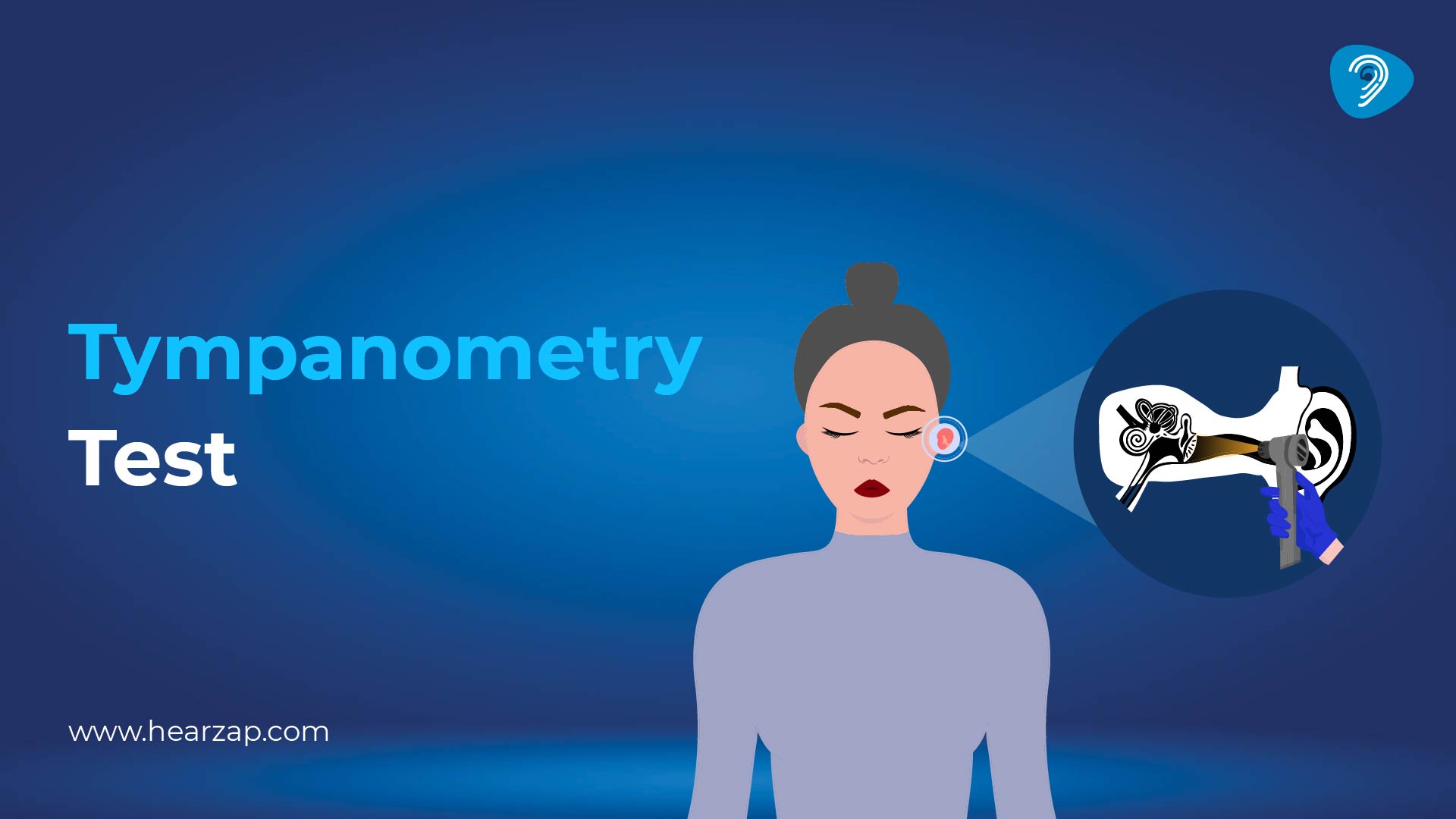
How Tympanometry Test works
During the tympanometry test for ear, a small, soft device (probe) is gently placed into your ear.
It changes the air pressure in your ear canal. This is like the feeling when your ears “pop” on a plane.
At the same time, it sends out a small sound and measures how your eardrum moves in response to that pressure.
The reflected sound is recorded by the probe/tympanometer.
The tympanometry results are shown on a graph (tympanogram).
If your eardrum moves normally, that’s a good sign that your middle ear function is healthy. But if it doesn’t move as expected, it could mean:
- There’s fluid behind the eardrum.
- You have an ear infection.
- The eustachian tube isn’t working properly.
- There’s a perforation in the eardrum.
The test takes a couple of minutes and is widely applied to both children and adults. It is particularly useful in kids with frequent ear infections or in diagnosing adults' hearing problems.
This is how tympanometry detects hidden ear problems before they worsen. The beauty of tympanometry is that it gives a clear insight into the condition of the middle ear, which is something that regular hearing tests are not always able to do. This helps the doctor to decide what to do next: medication, more testing, or perhaps surgical intervention.
When and Why You Need a Tympanometry Test
Chronic or Recurrent Ear Infections
This is especially common in children, as their eustachian tubes are still developing and can get blocked easily.
Unexplained Hearing Loss
If you’ve noticed a drop in your hearing that doesn’t improve, tympanometry helps identify whether it’s caused by a problem in the middle ear (conductive hearing loss). It’s useful for detecting conditions like fluid accumulation, ear drum issues, or ossicle dysfunction.
Ear Fullness or Pressure
Feeling like your ears are “blocked” or experiencing discomfort during flights or altitude changes? An ear pressure test like tympanometry can help diagnose eustachian tube dysfunction, a condition that affects how your ear regulates pressure.
Monitoring Middle Ear Disorders
For people being treated for middle ear infections or undergoing surgery (like ear tube placement), tympanometry is used to track recovery and ear health.
Tympanometry Results: How to Interpret Your Readings
A tympanogram shows the results of this test. It shows how your eardrum responds to pressure changes. There are three main tympanometry types: Type A, Type B, and Type C.
Tympanogram Type | What It Means | Possible Causes |
Type A | Normal middle ear function | Healthy ear, no fluid |
Type B | No eardrum movement | Fluid in ear, ear infection, perforated eardrum |
Type C | Negative middle ear pressure | Eustachian tube dysfunction, early or resolving ear infection |
Understanding Tympanometry Results
Type A Tympanogram
This is the ideal result. It means the ear drum moves normally, with no fluid or pressure issues. Most people with Type A have no hearing-related problems from the middle ear.
Type B Tympanogram
This shows little to no movement of the eardrum. It often points to fluid buildup, a middle ear infection, or a hole in the eardrum. It’s common in children with chronic infections.
Type C Tympanogram
This indicates negative pressure in the middle ear. It’s often caused by a blocked eustachian tube, possibly from allergies, colds, or sinus infections.
If you're wondering what is tympanometry, it's a non-invasive diagnostic method that checks how well your middle ear is functioning by evaluating how your eardrum responds to air pressure changes.
What Should You Do Next?
If your results aren’t Type A, your doctor may recommend follow-up testing, treatment, or refer you to an ENT. Knowing what does tympanometry measure — middle ear pressure, eardrum mobility, and fluid presence — helps guide accurate treatment plans.
Also Read: Decibel Chart: Essential Guide to Sound Levels
What Decibel Level Is Harmful to Hearing?
Audiometry Test: Purpose, Results, Normal Range
FAQs
What diseases can tympanometry be used to diagnose?
Tympanometry is mainly used for diagnosing middle ear infections like Otitis Media, Eardrum Perforation, Eustachian tube dysfunction, and Blockages in the Eustachian tube.
Is a tympanogram painful?
The Tympanogram Test involves inserting a small rubber tip into the ear, which gets a little pressure, and it emits some sound to understand like how sound moves through the middle ear.
How do ENT check for fluid in ears?
The tympanometry test is mainly used to diagnose OME. The results of this test will be useful to know the thickness of the fluid present in the middle ear.
Related Blogs
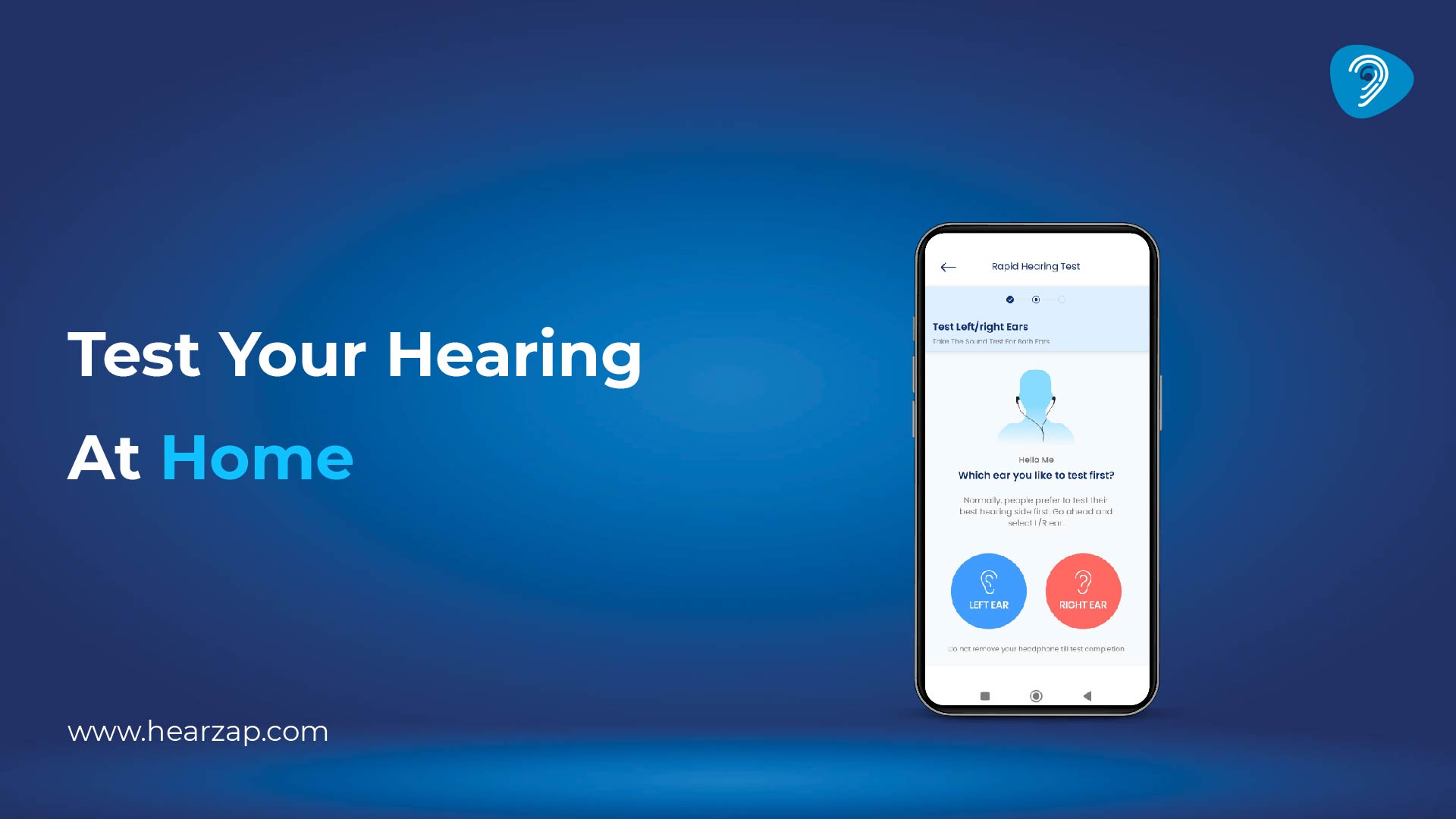
Test Your Hearing at Home

What is an Otoacoustic Emissions Test? How It Detects Early Hearing Loss in All Ages
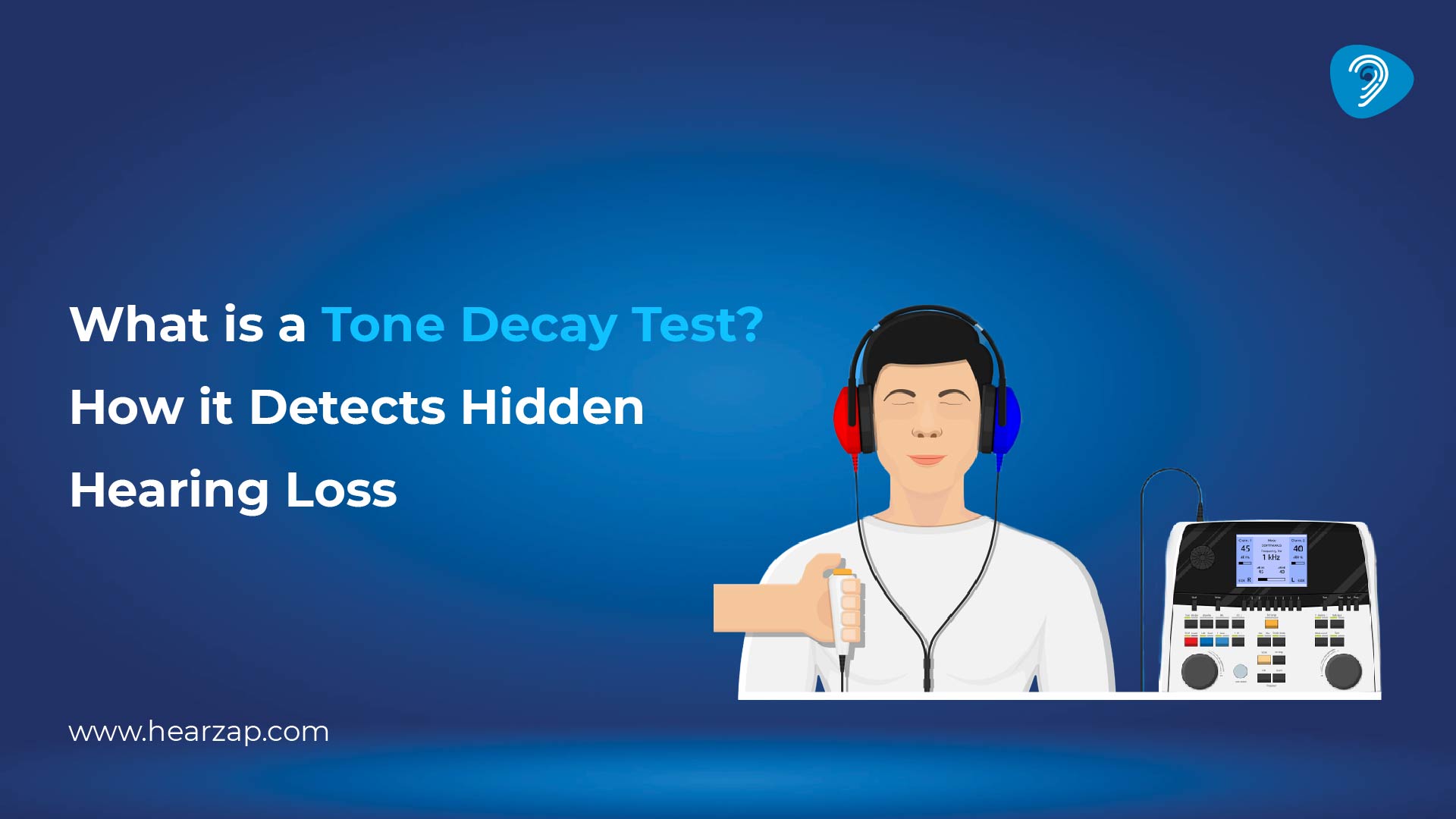
What is a Tone Decay Test? How It Detects Hidden Hearing Loss
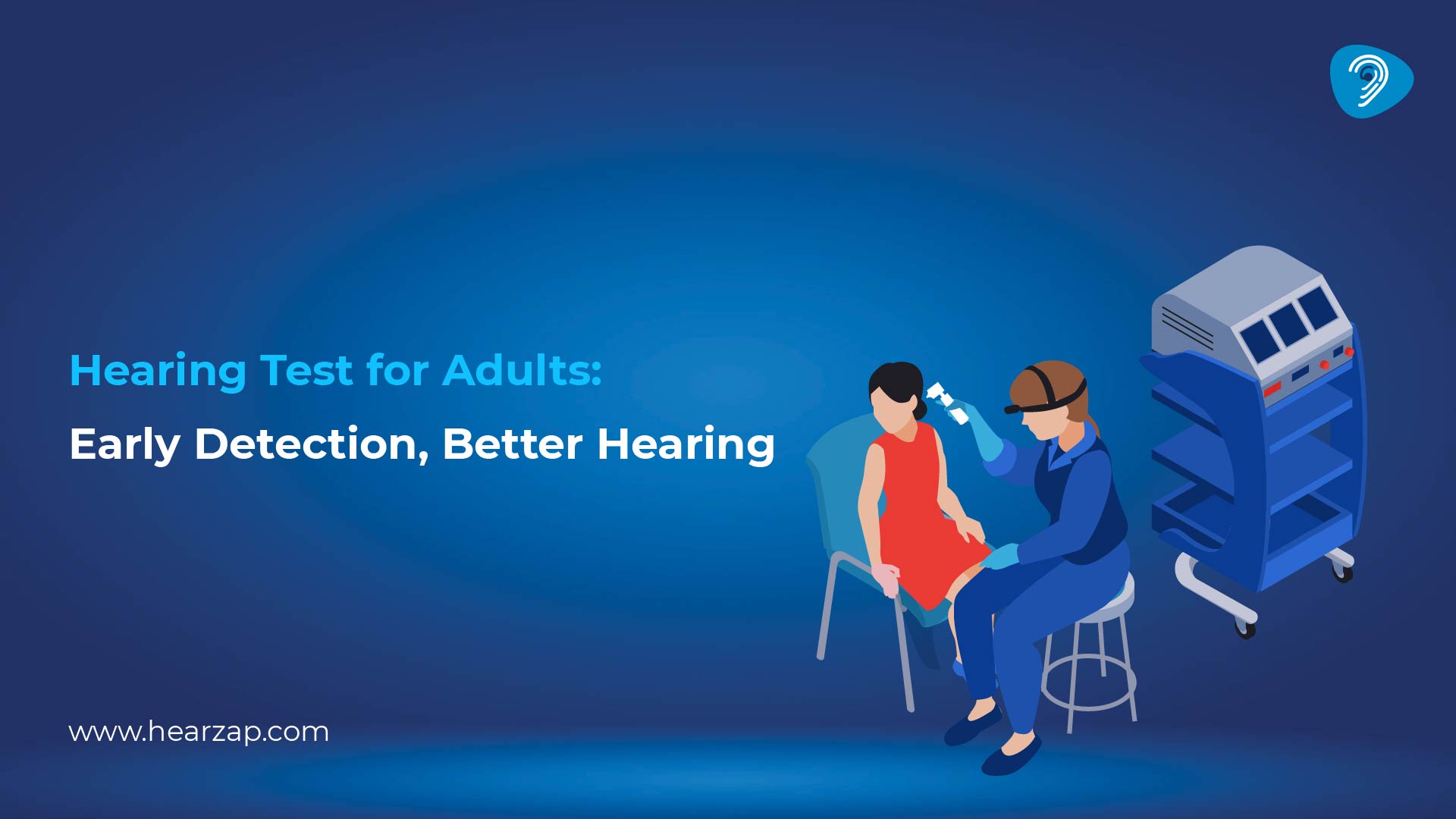
Hearing Test for Adults - Signs, Symptoms & Types
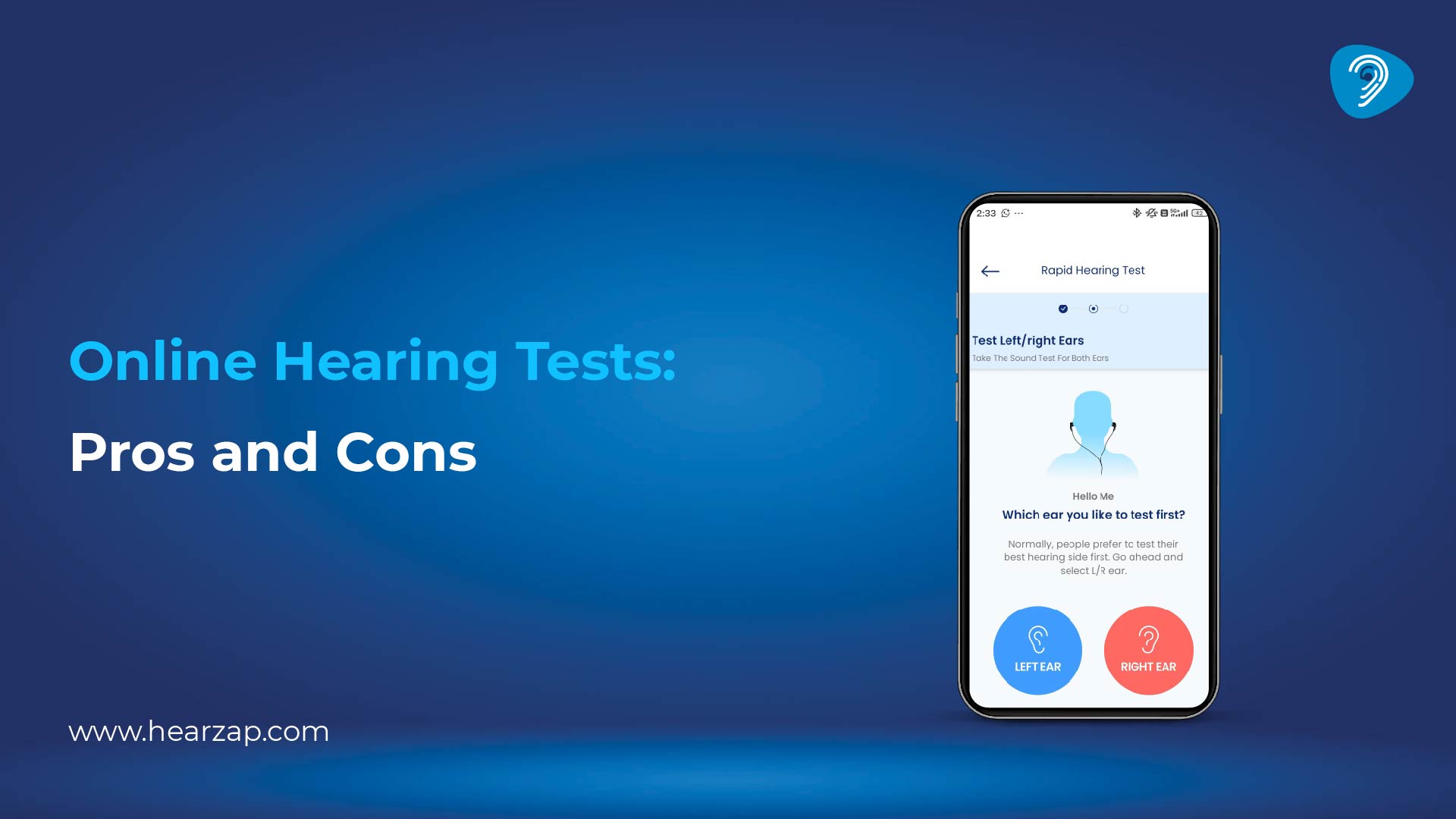
Online Hearing Tests: Pros and cons of Taking Hearing Tests Online
Contact us
We are here for all your hearing needs, from hearing tests to hearing aids. Fill out the form below, and we will give you a call soon.
Please enter a valid mobile number with 10 digits.
Recent Blogs
By Team Hearzap | July 2, 2025
By Team Hearzap | July 2, 2025
By Team Hearzap | July 1, 2025
By Team Hearzap | July 1, 2025
By Team Hearzap | June 30, 2025
Newsletter Subscription
Subscriber to one-stop hearing care newsletter.









